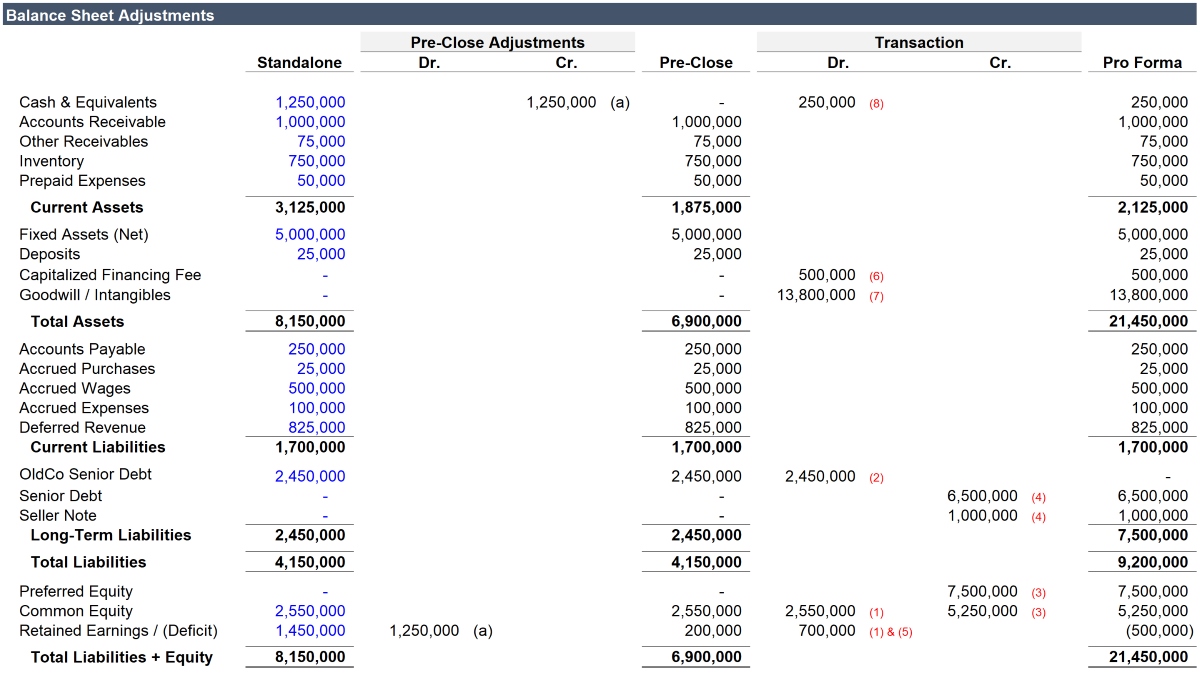Home>Finance>Mortgage Bond: Definition, How They Work, Pros And Cons


Finance
Mortgage Bond: Definition, How They Work, Pros And Cons
Modified: December 30, 2023
Learn about mortgage bonds in finance, including definitions, how they work, and pros and cons. Discover all you need to know about this financial instrument.
(Many of the links in this article redirect to a specific reviewed product. Your purchase of these products through affiliate links helps to generate commission for LiveWell, at no extra cost. Learn more)
Mortgage Bond: Definition, How They Work, Pros, and Cons
When it comes to financing a home, most people are familiar with traditional home loans or mortgage loans. However, there’s another financial instrument that plays a critical role in the housing market – mortgage bonds. In this article, we will explore the definition, how they work, as well as the pros and cons of mortgage bonds to provide you with a comprehensive understanding of this important financial tool.
Key Takeaways:
- A mortgage bond is a type of bond that is created by pooling together a group of mortgages, which serves as collateral for the bond.
- Investors who purchase mortgage bonds receive regular payments of interest and principal based on the mortgage payments made by homeowners.
What is a Mortgage Bond?
A mortgage bond is a type of bond that is created by pooling together a group of mortgages. These mortgages serve as collateral for the bond, providing security to investors. When individuals or families secure a mortgage to purchase a home, their mortgage payments are used to pay interest and principal to investors who hold these mortgage bonds. In essence, mortgage bonds are a way for investors to invest in the housing market indirectly.
How Do Mortgage Bonds Work?
Mortgage bonds work by bundling together multiple mortgages into a single investment vehicle. This bundling process, known as securitization, allows financial institutions to sell mortgage-backed securities to investors. When a homeowner makes their mortgage payment, a portion of that payment goes towards interest and principal. The interest portion is distributed to the bondholders as a return on their investment, while the principal payment helps to reduce the outstanding principal of the bond.
The Pros of Mortgage Bonds
1. Diversification: Investing in mortgage bonds allows investors to have exposure to a diverse pool of mortgages, reducing the risk associated with investing in a single property.
2. Steady Income Stream: Mortgage bonds provide investors with a regular income stream in the form of interest payments, making them an attractive investment for income-focused investors.
3. Collateralized Investment: As mortgage bonds are backed by the actual mortgages, they are considered relatively secure investments compared to other types of bonds.
The Cons of Mortgage Bonds
1. Interest Rate Risk: When interest rates rise, homeowners may refinance their mortgages to take advantage of better rates, leading to lower interest payments for bondholders.
2. Prepayment Risk: Homeowners may repay their mortgages earlier than expected, impacting the duration of the mortgage bonds and potentially reducing the return for investors.
3. Credit Risk: In the event of homeowners defaulting on their mortgages, bondholders may experience losses. However, the level of credit risk can vary depending on the quality of the mortgages contained within the bond.
Conclusion
Mortgage bonds play a crucial role in the housing market by allowing investors to invest indirectly in mortgages. While they offer diversification, a steady income stream, and collateralized investments, they also come with risks such as interest rate risk, prepayment risk, and credit risk. Investors should carefully consider these factors before making an investment decision. By understanding the definition, how mortgage bonds work, and weighing the pros and cons, you can make informed decisions to build a well-rounded investment portfolio.














